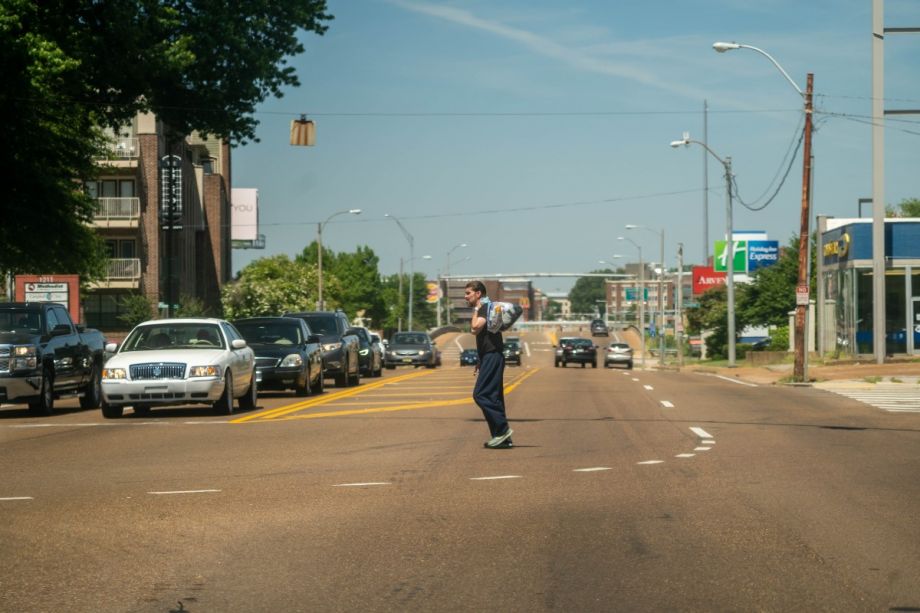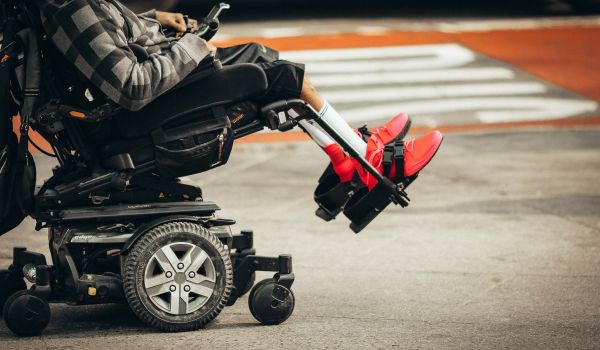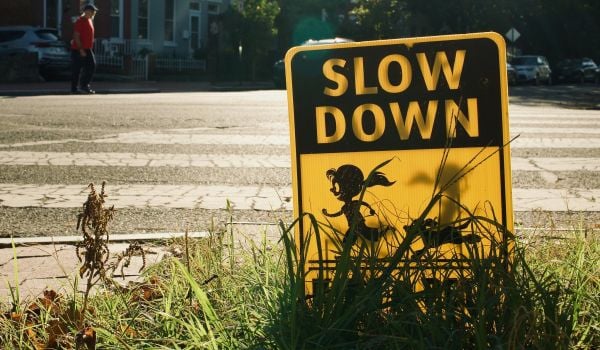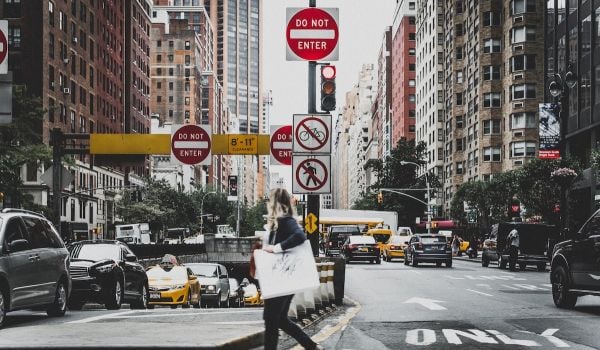A new report finds that, as of 2020, walking in cities is deadlier than ever. Of the 10 deadliest metros in the U.S., four are in Florida and three in California. Despite the fact that dangerous street design affects everyone, Black pedestrians had twice the fatality rates of white pedestrians, and Native American pedestrians were killed at three times the rate of white pedestrians. Likewise, Americans living in low-income communities have experienced disproportionately higher pedestrian fatalities than more affluent nearby neighborhoods.
The Dangerous by Design report for 2022, published by Smart Growth America, highlights the alarming increase in people killed while walking in 2020, the latest year federal data is available. The number of pedestrian fatalities has risen steadily since 2009, reaching a record high of 6,529 in 2020. Unofficial numbers for 2021 indicate that number will jump even higher, to more than 7,400.
The report analyzed the 100 largest U.S. metropolitan areas by population, and identified these 10 as the deadliest for pedestrians:
-
Deltona-Daytona Beach-Ormond Beach, FL
-
Albuquerque, NM
-
Memphis, TN
-
Tampa-St. Petersburg-Clearwater, FL
-
Charleston-North Charleston, SC
-
Jacksonville, FL
-
Bakersfield CA
-
Orlando-Kissimmee-Sanford, FL
-
Stockton, CA
-
Fresno, CA
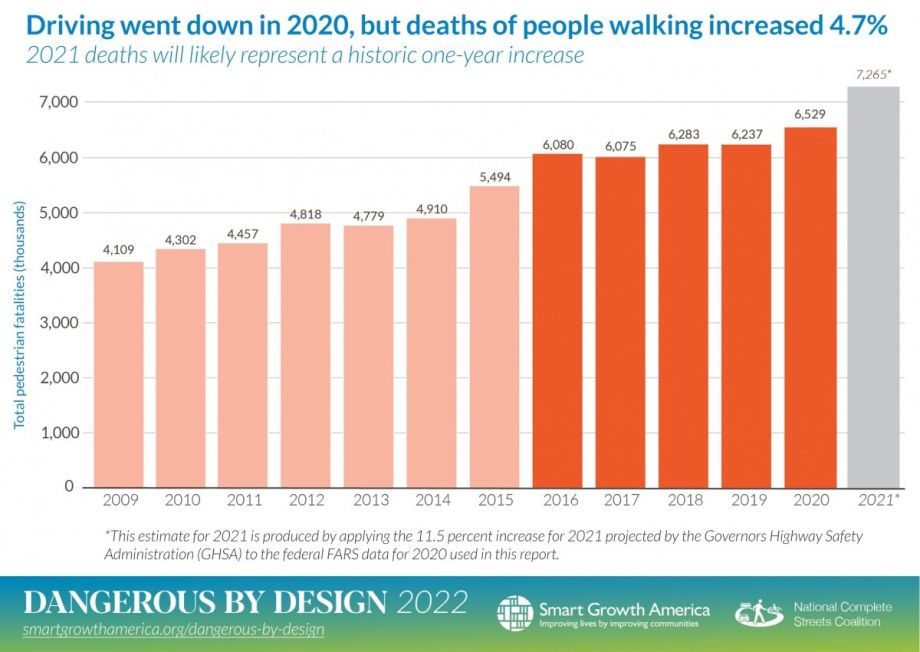
(Credit: Dangerous by Design 2022, Smart Growth America)
Although the onset of the pandemic meant fewer drivers were on the road in 2020, pedestrian fatalities still trended upward. Why? According to the report’s writers, no traffic meant people were driving faster and more recklessly on roadways that have always been designed for speed and not for safety.
“The U.S. has more pedestrian deaths across the board than almost all other developed countries—so what’s the difference?” asks Beth Osborne, Vice President of Transportation and Thriving Communities at Smart Growth America. “We all had less driving during COVID. We all have reckless, drunk, stressed, or distracted drivers. The difference is that they design their roads for safety and we design ours for speed. We keep looking for other reasons, but design is what makes our roads deadlier for pedestrians.”
The report recommended a fundamental shift in philosophy from the federal Department of Transportation down to state and local agencies, emphasizing safe movement of pedestrians over the efficient movement of cars. For example, according to the report, “federal agencies must stop allowing transportation agencies to claim safety benefits from congestion reduction projects, because higher speeds on surface streets are associated with higher crash and death rates.”
Other ways to prioritize safety include building more sidewalks and introducing more frequent crosswalks, curb cuts and other traffic calming measures on busy corridors. States and metro areas can and should use the freedom and flexibility of ARPA money and federal highway funds to make this shift.
Tucson, Arizona, has become the thirteenth most hazardous city for pedestrians and cyclists in recent years. In May 2022 voters overwhelmingly passed Proposition 411, which extends the city’s half-cent sales tax for another 10 years in order to fund road repair and safety improvements. Tucson Mayor Regina Romero says the measure is expected to raise a total of $740 million, $590 million of which will go to repair residential roads and $150 million to build safe streets for pedestrians and bikes.
“Policymakers like myself and my council colleagues are pushing aggressively for Vision Zero,” Romero says, adding that the city would supplement that funding by applying for the DOT’s Safe Streets And Roads For All (SS4A) grant program and vowing to “continue moving towards a safer place and a safer city for pedestrians and bicyclists and drivers as well.”

Shania DeGroot is an Emma Bowen Foundation Fellow with Next City for summer 2022.

